As we left Cascina delle Rose, the phone rang and on the other end was Luca Roagna apologising for his tardi response and inviting us to his new winery immediately. Giving up” pranzo" to taste Roagna’s wines was an easy decision, so after a little difficulty finding the new Roagna winery we arrived to be greeted personally by Luca with a white muslin sling protecting a broken finger!

We immediately descended down some stairs to a small “anti-chamber” carved out of rock, down a further flight of wooden stairs to a room that defied belief. “You could hide a Jumbo jet in here!” was one of the first comments. Luca informed us the size of the room was not only to produced the 50 or 60 thousand bottles of the new vintage but also to house the previous vintages in their various stages of maturation. Their top wine is stored for 10 years before release.
As I admired the space I noticed a wooden pallet on the floor containing two 18 Lts and two 12 Lts of Crichët Pajé 2010…This represents the equivalent contents of 80 ordinary bottles in just 4 bottles which at 950 Euro per bottle plus upgrade due of the rarity of such items must be worth approximately 100,000.00 Euro….Wow!
Back down to earth, we entered a 80 to 100 metres double sided corridor where the private back stock of the Roagna family is stored. There I observed the smallest, most knackered tasting table I have ever seen in any winery…
The tasting started, first up was Langhe Rosso 2016, introduced by Luca as “the worst wine we make!” Made from young vines planted in Pajé and Pira. I know many wineries that would aspire to make such a beautiful wine.
Points 92 TW.
Next was Barolo Pira 2013 followed by Barbaresco Pajé 2013 - Points 95 TW and Points 96 TW respectively.
At this point I put my tasting notebook down as Barbaresco Montefico Vecchie Viti 2013
and Barolo Pira Vecchie Viti 2013 arrived for us to sample: Points 96 TW and Points 97 TW respectively again! Finally Luca said “I don’t know if you will want to taste this?” (slightly tongue in cheek)…”it is my Barbaresco Crichët Pajé 2010!”
This wine is so rare and sort after, only one to two thousand bottles are produced according to vintage.The word Crichët is translated as “top of the hill”. Pajé is the vineyard location. This micro vineyard, rich in white calcareous soil with a high level of limestone, consists of only one half of one hectare of land (1.24 Acres) with a unique microclimate. The youngest vines are 60 years old! Crichët Pajé requires long ageing and is introduced to the market 10 years after the vendemmia.
Tasting Note
Barbaresco Crichët Pajé 2010
Although still an “infant”, this bright, intensely red coloured wine took time to open then, a cacophony of floral notes followed… I detected: rose petal, violet and nasturtium followed by spice and herbs, so dense it expands showing layers of complexity that will take time to fully evaluate. So persistent! The tannins are incredibly defined and yet seem translucent. Goodness knows what heights this wine will reach!
Points 99 -100 TW.
The tasting at Roagna was “off the charts”. Their wines are truly world class.
Next port of call was Domenico Clerico’s winery which I approached with a tinge of sadness because this is my first visit to the new winery where Domenico is no longer weaving his magic having passed away in July 2017 after a long illness.
As we entered the gates, I recalled Domenico showing me the plans of this modern winery in his old winery. There he liked to hold court (usually on a Sunday afternoon) teasing friends with blind tastings for hours, with food being served to keep his guests on the straight and narrow!
The new winery is a modern structure with enormous charm, its impressive monolithic form softened by the surrounding vistas of vineyards.
We were greeted by Oscar Arrivabene, enologist and leader of a fine young team attending to the legacy of Domenico Clerico. The tasting room is the complete opposite of Roagna: a huge room that could easily seat 50/60 people in comfort with all the modern communication gizmo to get over your point.
The new cellars are beautiful, a monument of achievement to a great man and winemaker.

The tastings from bottle and barrel clearly showed this estate has lost none of its past excellence. In fact, this new team is preserving and enhancing the heritage left in trust to them.
From the approachable Langhe Rosso Arte, the distinctive Barolo of Pajana and Ciabot Mentin to the captivating Barolo Aeroplanservaj and finally the jewel that is Barolo Percristina, I left this winery feeling Domenico’s life’s work is in safe hands.
Our final day started at a small winery called Casina Fontana, situated in the Barolo hills of Le Langhe, south of Alba. The estate produces five wines two Barolo, one Langhe Nebbiolo and one Barbera d’ Alba as well as a Dolcetto d’Alba.
The present incumbent is Mario Fontana, the sixth generation of his family to produce wine from this estate of 5 hectares (12.5 Acres)

This winery is traditional down to its roots. The passion and total commitment of Mario carries on the previous generations expectations. To Mario, Barolo is not just a wine, it is his culture and identity.

I tasted the 2016 Barolo from barrel, both intense garnet red in colour, a mixture of floral aromatics with super ripe fruits, orange peel, mint, soft integrated tannins, made without filtration or added chemicals, with great care taken in the vineyards. I instantly connected with the man and his wines.
Without winemakers like Mario Fontana, the Langhe would be the poorer by great measure. Artisan winemaking is a thing of beauty and respect. In most cases all the participants are winners and just to prove my point as I was leaving I asked Mario what was his greatest wine achievement thus far. He said “Barolo 2006” he then asked me to hold on for a minute or two and on his return he presented me with a bottle of the same, a hugely generous gift which I treasure in my cellar.
The last stop needed to be special and it certainly lived up to all expectations…

The winery of Giuseppe Rinaldi is “old school” Barolo at its finest. No super sleek operation here, no interest in fads or trends…This winery is a joy to behold! Old fashioned, charming, full of character, non apologetic for its appearance, simply a serious workplace.
Sadly “Beppe” Rinaldi passed away recently, but his enormous legacy is carried on by the sixth generation: his daughters Carlotta and Marta now produce wine for this estate. Rinaldi’s Barolo are super traditional, structured, powerful and aromatic. Patience is needed as the more time these wines have to evolve the greater the experience. Famous for saying: ”I don’t want my wines to please easily.” Giuseppe further stated: “I want my wine to be austere, severe and demand research, you have to study it. It is like art. It is not simple but complex. It is the opposite of a mass produced product”
Of course, Rinaldi farm organically, using indigenous yeasts in large upright oak vats, without temperature control for a period of time. Punched down by hand. Ageing takes place in “botti” for 36 to 42 months. Although the Barolo’s name changed over the decades from Brunate Le Coste, Riserva Selex, Tre Tine and back to Brunate, the name G. Rinaldi stays constant. Rinaldi’s Barolo are made from four crus, blended to make two main wines, both different from each other: ”Brunate” is powerful, deep, intense and linear. “Tre Tine” is more classic, vibrant and aromatic.

Like with most great wines, trying to find these in the market place is not only difficult, but costly. Should the reader come across Rinaldi’s single crus in any of the following vintages: 2001/2004/2006/2007/2008/2010 and 2013 (all Points 96 to 98 TW)…treat yourself!…You will thank me for it!



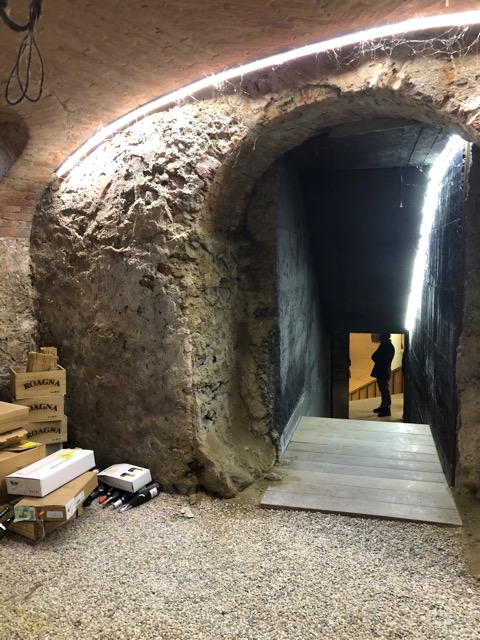

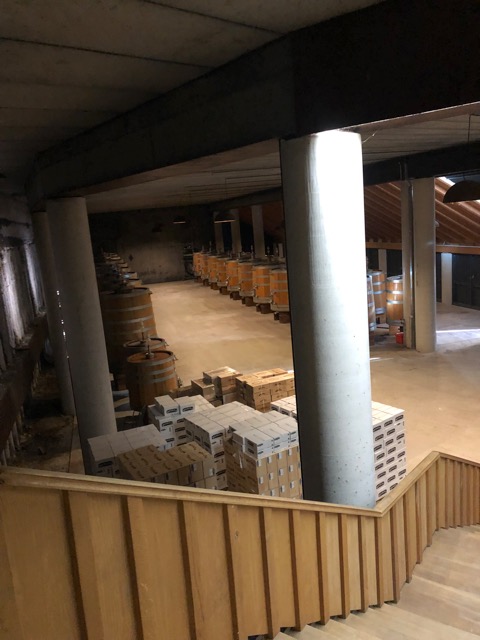





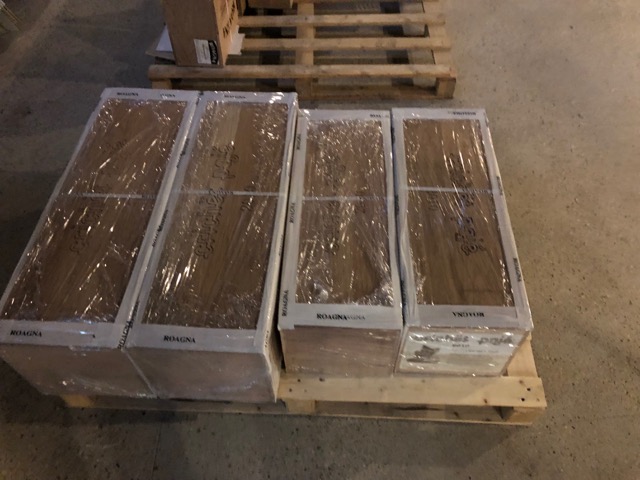

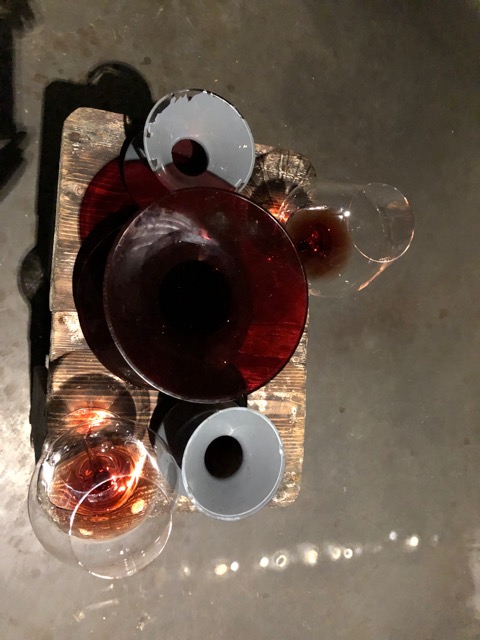


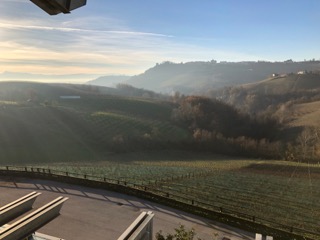



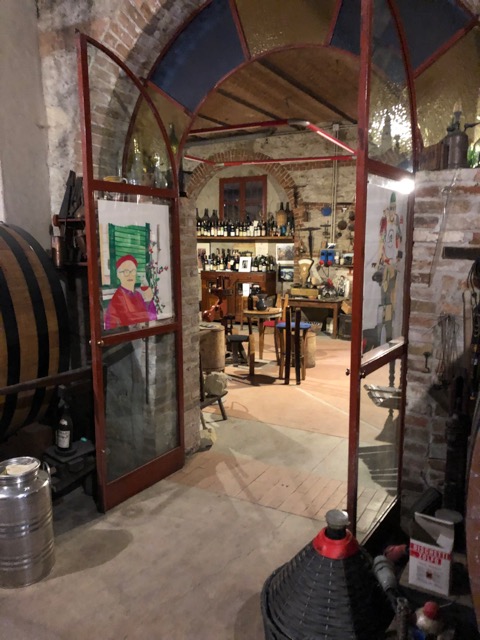

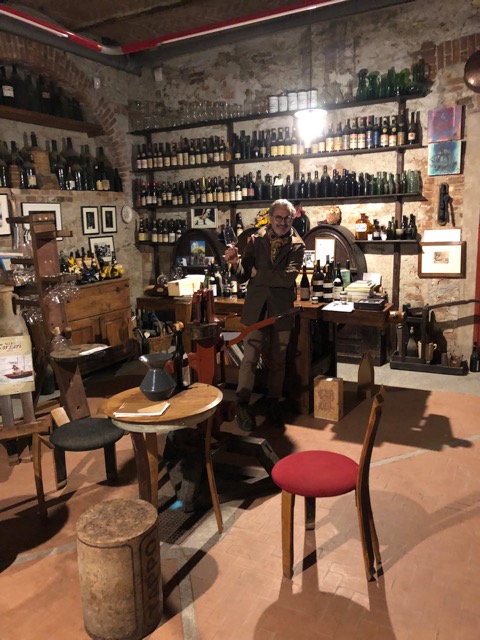




Comments